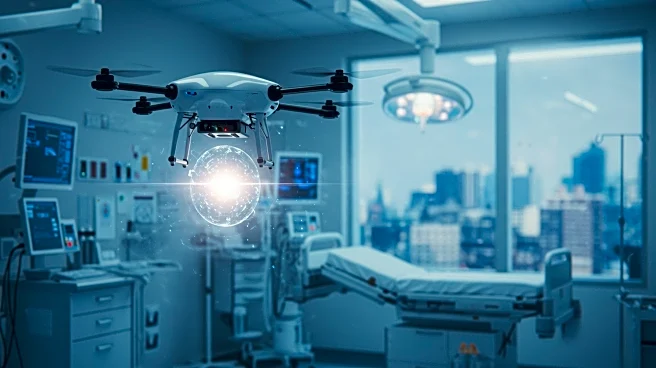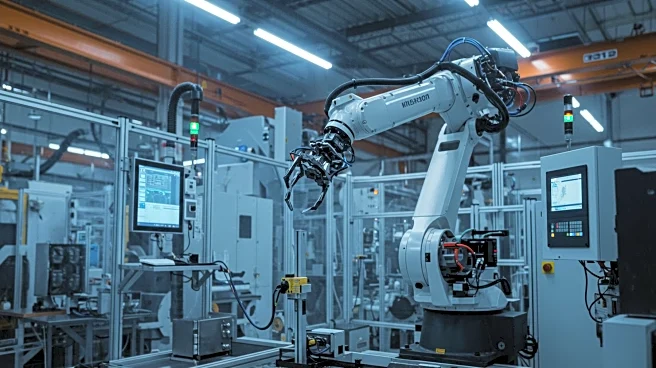Rapid Read • 8 min read
A recent study has examined the effects of covering access ports in neonatal transport incubators on temperature distribution. The research utilized computational fluid dynamics to simulate airflow and temperature in a three-dimensional model of the incubator. The study found that while covering access ports helps maintain central temperature, it results in uneven temperature distribution within the incubator. Specifically, higher temperatures were observed in the upper and posterior regions, while lower temperatures were noted in the lower and anterior regions. This suggests that while covering access ports can prevent central temperature drops, it does not address the issue of temperature imbalance, which could impact neonatal care.
AD
The findings of this study are significant for neonatal care, as maintaining a stable and uniform temperature is crucial for the health and development of newborns in transport incubators. Uneven temperature distribution can lead to potential risks for neonates, including hypothermia or overheating, which can affect their recovery and overall health. The study highlights the need for design improvements in transport incubators to ensure better thermoregulation and enhance the safety and efficacy of neonatal care. This research could influence manufacturers and healthcare providers to reconsider current incubator designs and implement changes that address these temperature imbalances.
The study suggests that further research and development are needed to improve the design of neonatal transport incubators. Manufacturers may need to explore new materials or technologies that can provide more uniform temperature distribution. Healthcare providers might also consider revising protocols for using transport incubators to mitigate the risks associated with temperature imbalances. Additionally, this research could prompt regulatory bodies to update standards for neonatal care equipment, ensuring that incubators meet the necessary requirements for safe and effective use.
The study raises broader questions about the design and functionality of medical equipment used in neonatal care. It underscores the importance of integrating advanced technologies, such as computational fluid dynamics, in the design process to predict and address potential issues. This approach could lead to innovations in other areas of medical equipment design, promoting better patient outcomes and safety across various healthcare settings.
AD
More Stories You Might Enjoy










